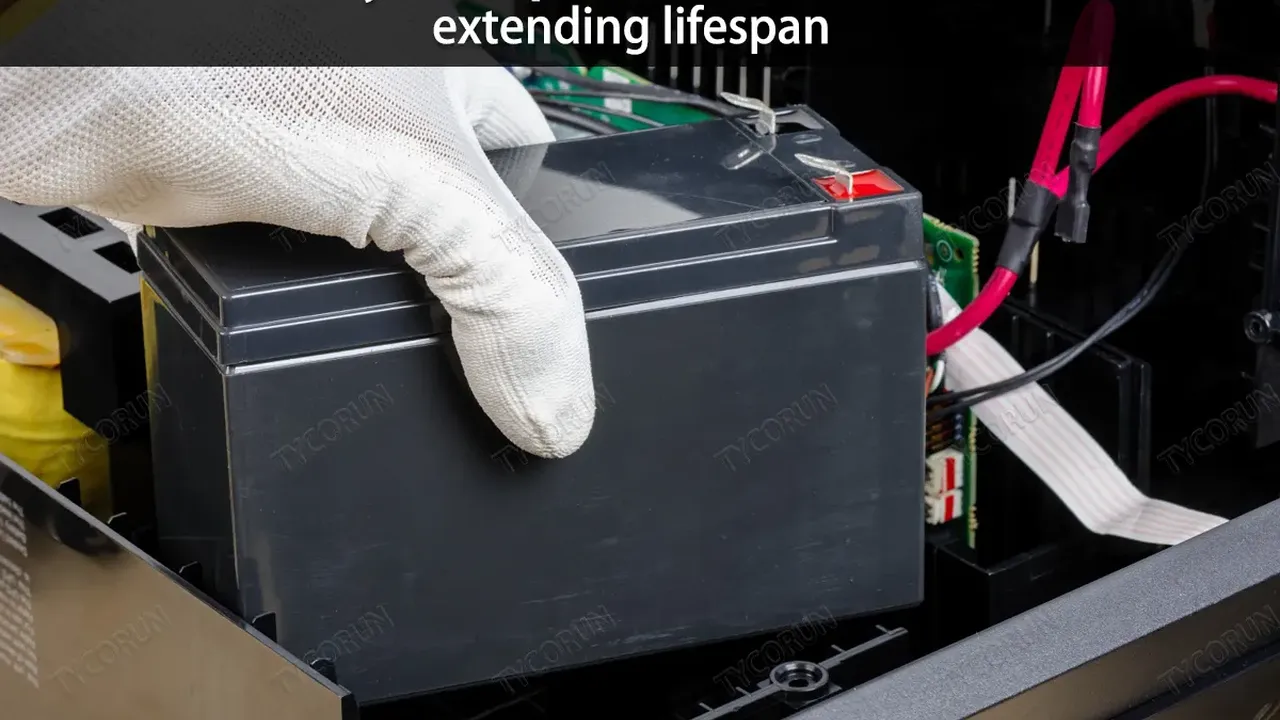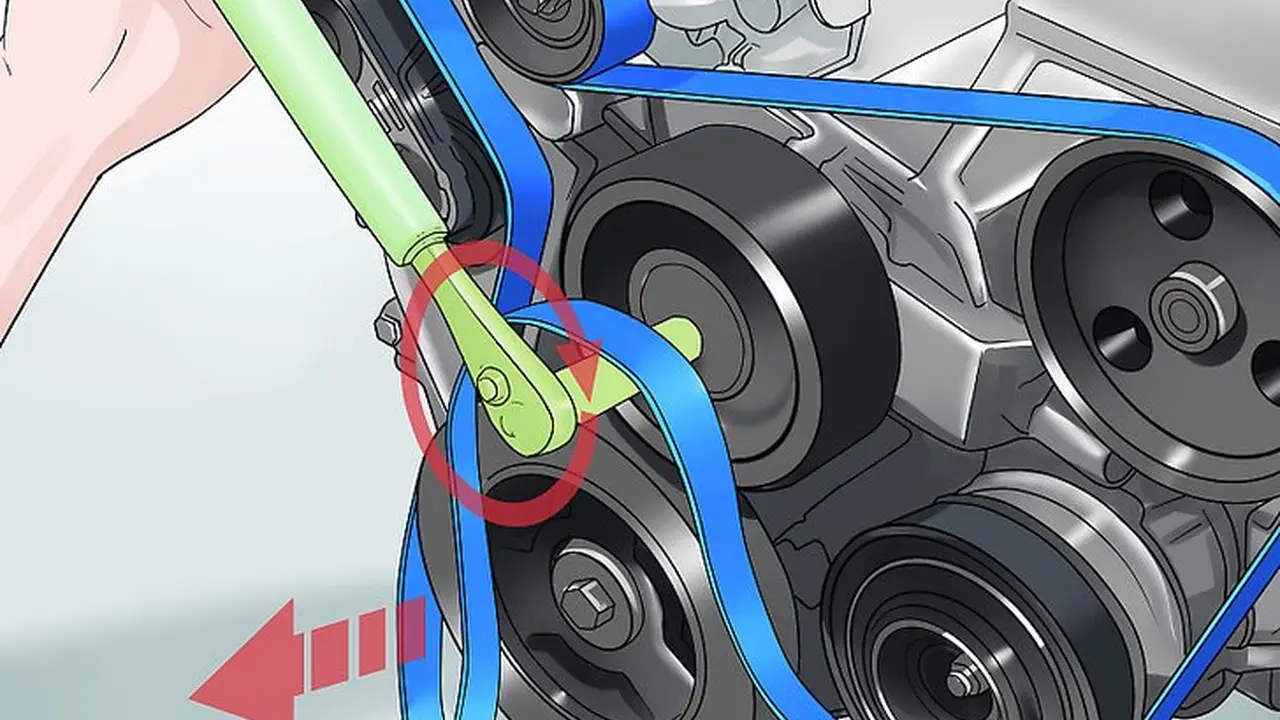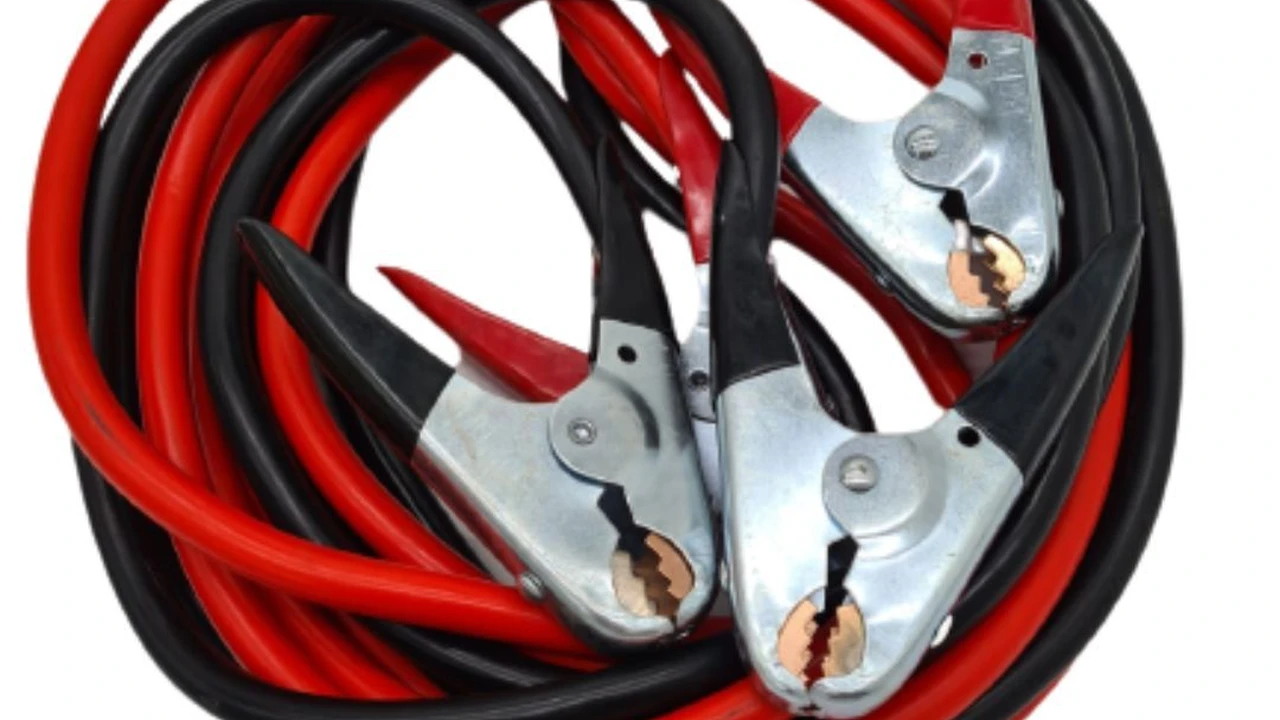How to Maintain Your Car's Battery: Extending Its Lifespan

Understanding Your Car Battery The Heart of Your Vehicle
Alright, let's talk car batteries. They're kind of a big deal, right? You can't really go anywhere without a healthy one. Think of it as the heart of your car – if it stops working, everything else grinds to a halt. A car battery provides the necessary electrical current to start the engine. It also stabilizes the voltage supply to keep the engine running. Beyond starting the car, it powers all the electrical components when the engine isn't running, like your lights, radio, and even that fancy heated seat you love in the winter. But car batteries don't last forever. Heat, cold, vibration, and just plain old age can take their toll. That's why knowing how to maintain your car's battery is crucial. We're going to dive into some practical tips and tricks to help you squeeze every last mile out of your battery.
Regular Battery Checks Visual Inspection and Voltage Testing for Longevity
First things first: get to know your battery. Pop the hood (carefully, of course!) and give it a good visual inspection. Look for any signs of corrosion around the terminals – that white or bluish-green stuff that looks like something out of a science experiment. Corrosion can block the flow of electricity and shorten your battery's lifespan. If you see any, you can clean it off with a mixture of baking soda and water (more on that later). Also, check the battery case for any cracks or bulges. These can be signs of internal damage, and it might be time for a replacement.
Beyond the visual inspection, it's a good idea to test your battery's voltage regularly. You can pick up a simple voltmeter at most auto parts stores for around $20-$30. A healthy car battery should read around 12.6 volts when the engine is off. If it's significantly lower than that, it might be a sign that your battery is on its way out. Many auto parts stores will also test your battery for free, so that's always an option too! Knowing the voltage gives you a good baseline to track its performance over time. Keep a little log – you'll thank yourself later.
Keeping It Clean Cleaning Terminals and Connections for Optimal Performance
Okay, let's talk about cleaning those terminals. As I mentioned earlier, corrosion is the enemy of a healthy battery. Here's what you'll need:
* Baking soda
* Water
* A stiff brush (an old toothbrush works great!)
* A wrench (to loosen the terminal connections)
* Gloves (safety first!)
* Eye protection (seriously, wear eye protection)
First, disconnect the negative terminal (usually marked with a "-" sign) and then the positive terminal (marked with a "+"). Loosen the bolts with your wrench and gently wiggle the terminals off. Then, mix a tablespoon of baking soda with a cup of water to make a paste. Apply the paste to the corroded areas and scrub with your brush. Rinse with clean water and dry thoroughly. Before reattaching the terminals, you can apply a thin layer of dielectric grease to help prevent future corrosion. Reconnect the terminals in the reverse order (positive first, then negative) and tighten the bolts. That's it! You've just given your battery a spa day.
Driving Habits and Battery Life Short Trips and Excessive Idling Impact
Your driving habits can have a surprisingly big impact on your battery's lifespan. Short trips, where you're only driving for a few minutes at a time, can be particularly hard on your battery. Why? Because the alternator (the thing that recharges your battery while you're driving) doesn't have enough time to fully recharge the battery after starting the engine. Over time, this can lead to a chronically undercharged battery, which shortens its lifespan.
Excessive idling can also be a problem. When your car is idling, the alternator isn't producing as much power as it does when you're driving at higher speeds. This means your battery is being drained without being fully recharged. If you're stuck in traffic a lot, or if you frequently idle your car for extended periods, consider turning off the engine when it's safe to do so. It's better for your battery, and it's better for the environment!
Electrical Loads Minimizing Accessory Use to Conserve Power
Think about all the electrical stuff you use in your car: headlights, radio, air conditioning, phone chargers, heated seats…it all draws power from your battery. While you can't exactly drive in the dark to save power, you can be mindful of how you use these accessories. For example, avoid using your air conditioning on full blast unless you really need it. Unplug your phone charger when it's not in use. And if you're listening to the radio while the engine is off, try to keep the volume down. These little things can add up and help conserve power, extending your battery's lifespan.
The Role of the Alternator Keeping Your Battery Charged
The alternator is your battery's best friend. It's responsible for recharging the battery while you're driving. If your alternator isn't working properly, your battery will eventually drain, even if it's brand new. Signs of a failing alternator include dimming headlights, a warning light on your dashboard (usually shaped like a battery), and a generally sluggish engine. If you suspect your alternator is failing, it's important to get it checked out by a mechanic as soon as possible. Driving with a bad alternator can damage your battery and leave you stranded.
Extreme Temperatures Heat and Cold's Effect on Battery Performance
Extreme temperatures, both hot and cold, can wreak havoc on your car battery. Heat can cause the battery fluid to evaporate, leading to corrosion and reduced performance. Cold, on the other hand, can slow down the chemical reactions inside the battery, making it harder to start your car.
If you live in a hot climate, try to park your car in the shade whenever possible. You can also use a battery blanket to insulate the battery from extreme heat. In cold climates, make sure your battery is fully charged before winter arrives. You can also use a battery warmer to keep the battery from getting too cold. These simple precautions can help protect your battery from the damaging effects of extreme temperatures.
Choosing the Right Battery Selecting the Correct Size and Type
When it's time to replace your battery, it's important to choose the right one for your car. Check your owner's manual to find the correct battery size and type. Using the wrong battery can damage your car's electrical system. There are also different types of batteries available, such as flooded lead-acid batteries, AGM (Absorbent Glass Mat) batteries, and lithium-ion batteries. AGM batteries are more durable and offer better performance than flooded lead-acid batteries, but they're also more expensive. Lithium-ion batteries are even more expensive, but they offer the best performance and longest lifespan. Consider your budget and driving needs when choosing a new battery.
Battery Storage Tips Preparing for Periods of Inactivity
If you're planning on storing your car for an extended period, it's important to take steps to protect your battery. Disconnect the negative terminal to prevent the battery from draining. You can also use a battery tender, which is a device that slowly charges the battery to keep it from going dead. Store the battery in a cool, dry place. Avoid storing it on concrete, as this can drain the battery. When you're ready to use the battery again, fully charge it before reconnecting it to your car.
Product Recommendations and Comparisons Maintaining Battery Health with the Right Tools
Okay, let's get to the fun part: product recommendations! Here are a few products that can help you maintain your car's battery and extend its lifespan:
NOCO Genius5 Battery Charger and Maintainer
The NOCO Genius5 is a smart battery charger and maintainer that can be used on a variety of battery types, including lead-acid, AGM, and lithium-ion batteries. It's easy to use and features a variety of charging modes to optimize battery performance. It also has a built-in desulfator, which can help to restore older batteries. Use Case: Perfect for maintaining your battery during periods of inactivity, or for reviving a weak battery. Price: Around $70.
CTEK 40-206 MXS 5.0 Fully Automatic 12V Battery Charger and Maintainer
The CTEK MXS 5.0 is another popular battery charger and maintainer. It's a bit more expensive than the NOCO Genius5, but it offers a few additional features, such as a reconditioning mode for deeply discharged batteries. Use Case: A great all-around charger for maintaining and restoring car batteries. Price: Around $90.
Battery Terminal Cleaner Spray
CRC Battery Terminal Protector is a spray that helps to prevent corrosion on battery terminals. It's easy to apply and provides a long-lasting protective coating. Use Case: Essential for preventing corrosion and maintaining a good connection. Price: Around $10.
Dielectric Grease
Permatex Dielectric Grease is a silicone-based grease that helps to prevent corrosion and moisture from damaging electrical connections. Use Case: Apply to battery terminals after cleaning to prevent future corrosion. Price: Around $5.
A Comparison of Chargers
When choosing a battery charger, consider the following factors: battery type, charging modes, ease of use, and price. The NOCO Genius5 and CTEK MXS 5.0 are both excellent choices, but the CTEK MXS 5.0 offers a few more features for a slightly higher price. If you're looking for a basic charger that's easy to use, the NOCO Genius5 is a great option. If you need a charger with more advanced features, the CTEK MXS 5.0 is worth the extra money.
Professional Battery Testing When to Seek Expert Advice
Sometimes, despite your best efforts, your battery will eventually need to be replaced. If you're not comfortable testing your battery yourself, or if you suspect there's a more serious problem with your car's electrical system, it's always a good idea to seek expert advice from a qualified mechanic. They can perform a thorough battery test and diagnose any underlying issues.
:max_bytes(150000):strip_icc()/277019-baked-pork-chops-with-cream-of-mushroom-soup-DDMFS-beauty-4x3-BG-7505-5762b731cf30447d9cbbbbbf387beafa.jpg)






